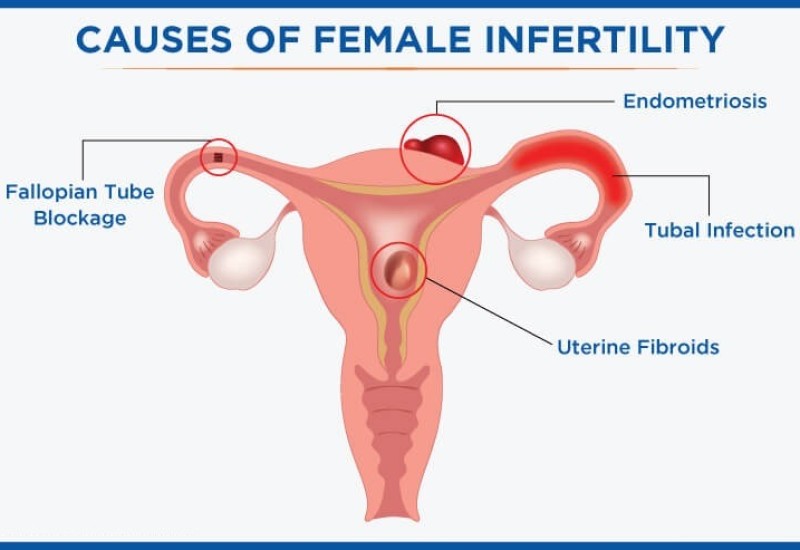The open heart procedure is conducted by opening up the chest wall, making it easier for the heart surgeons to reach the heart. During this surgery, the surgeon will cut through the breastbone [sternum] and then spread the ribs.
At times, many people call this method the cracking of the chest. This procedure is great for conducting heart surgery, and the surgery will suggest the open-heart procedure when one is not old enough to handle it. Surgeons can perform all kinds of heart surgeries through less invasive and small incisions, which include making small cuts between the right section of the chest and ribs. Heart surgery can help treat various heart-related issues, and open heart surgery is one of the ways through which surgeons can reach the heart directly.
Why Do People Need Open-Heart Surgery?
Many people need the open-heart procedure for a CABG [Coronary Artery Bypass Graft]. CABG has become compulsory for people who have coronary heart disease. This condition takes place when the blood vessels supplying oxygen and blood to the heart muscles become hard and narrow. This is also known as the “hardening of the arteries.”
The arteries become hard when the fatty materials turn into plaque on the walls of an individual’s coronary arteries. The plaque makes arteries narrow, making it difficult for the blood to pass through. When the blood doesn’t flow adequately through the arteries, it leads to a heart attack. Besides that, an open-heart surgery is also conducted when:
- The heart valves need to be replaced or repaired to enable the blood to flow into the heart
- To repair the abnormal or damaged sections of the heart
- A medical device is required to be implanted in the heat so that it beats properly
- A damaged heart gets replaced with a donated heart [Heart Transplantation]
What is the Procedure for Open-Heart Surgery?
The open heart surgery can be complicated, and it might take over 6 hours or longer to complete. The entire procedure is done under the influence of anesthesia. The following steps explain the surgical procedure:
- The surgeon makes a 6 inches to 8 inches long cut from the center of the chest.
- Cuts are made on the breastbone, and the surgeon spreads the ribcage apart to reach the heart.
- The surgeon links the heart to the heart-lung bypass device to move the blood away from the heart. The anesthesiologist provides IV medication to the patient and monitors the patient during the surgery.
- The surgeon proceeds further to treat the heart.
- Once the surgery is completed, the blood flow to the heart gets restored. The heart begins to beat on its own. But at times, the heart might require an electrical shock to start beating.
- The surgeon disconnects the heart-lung bypass device from the patient’s heart.
- Closes the breastbone with wires, which remain in the patient’s body.
- Stitches are used for closing the skin incision.
Also Read more about the Essential Heart Care Tips and get yourself aware of it.
What Exactly Happens Once the Open-Heart Surgery Ends?
Based on the surgical procedure, you might have to stay in the ICU [Intensive Care Unit] for one day or more than that. When you’re all ready to get discharged, you will be shifted to the general ward.
You might have to stay in the hospital for several days, and the doctor will tell you how to take care of the incision. You might need a special pillow to protect the chest, especially when you get off the bed, sneeze, or cough.
When the surgery ends, you might experience the following:
- Insomnia
- Mood swings or depression
- Constipation
- Muscle pain in the chest
- Memory issues
- Loss of appetite
The Risks of Open-Heart Surgery
The open-heart procedure is performed by heart surgeons who are skilled and experienced in this type of surgery. But these types of surgeries come with plenty of risks, some of which are:
- Chest wound infection [This is common in patients with diabetes or obesity]
- Stroke or heart attack
- Kidney and lung failure
- Irregular heartbeat
- Pneumonia
- Lower fever or chest pain
- Fuzziness or memory loss
- Difficulty in breathing
- Blood loss
- Blood clot
It is advised that you gain proper knowledge about the Heart Surgery procedure before you opt for it. You should learn about the risks and benefits and then decide whether or not you’re strong enough to tolerate it.
Parting Words
The open-heart procedure is a complicated surgical procedure. This surgery can help surgeons reach the heart and perform all the needed procedures to help the heart function properly. To learn more, you can speak with the heart surgeons from Nanavati Max Hospital.








